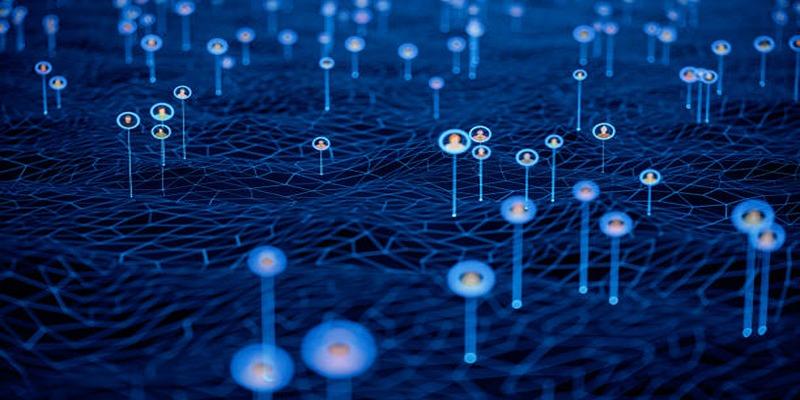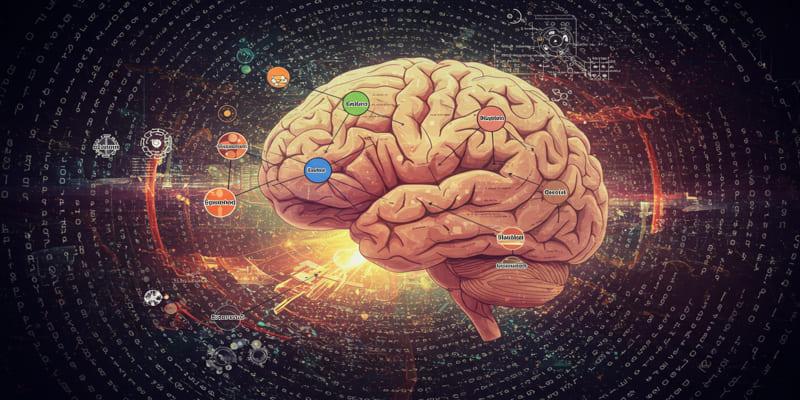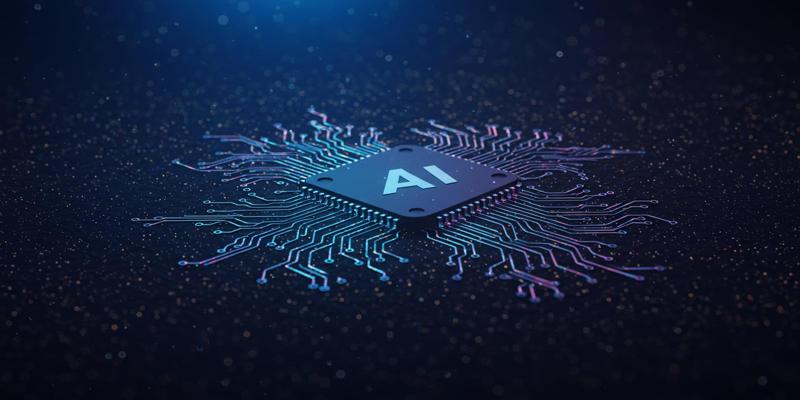Network administrators face endless configurations and reactive troubleshooting, but traditional management can't keep up with modern demands. Enter AI agents—intelligent systems that analyze patterns, make decisions, and learn. Unlike basic automation, AI enables networks to predict issues, optimize performance in real-time, and scale efficiently. This transformation shifts networks toward true autonomy with minimal human intervention.

Traditional network automation relies on predefined rules and scripts. When condition X occurs, execute action Y. This approach works well for routine tasks but falls short when dealing with unexpected scenarios or complex decision-making requirements.
AI agents work in a totally different way. They apply machine learning algorithm to be aware of how the network behaves, recognize patterns and make smart decisions that are contextual rather than rule-based decisions. They do not merely follow orders; they are problem analyzers and figure out which course of action to take.
A conventional automation may reboot a service in response to certain error messages. With the help of traffic analysis, system logs, and other past-related data knowledge, however, an AI agent can tell whether restarting further is the best way to go or the problem needs a totally new solution.
AI agents excel at analyzing network traffic patterns and making real-time optimization decisions. They can identify bandwidth bottlenecks, predict traffic spikes, and automatically adjust routing protocols to maintain optimal performance.
These systems continuously monitor data flows across the network, learning normal patterns and identifying anomalies that might indicate problems or opportunities for optimization. When unusual traffic patterns emerge, AI agents can quickly reroute data through alternative paths or adjust quality of service parameters to maintain network stability.
Rather than waiting for equipment failures to occur, AI agents analyze device performance metrics, environmental factors, and historical failure patterns to predict when hardware might fail. This predictive capability enables proactive maintenance scheduling and prevents unexpected downtime.
AI agents can monitor thousands of network devices simultaneously, tracking metrics like temperature, utilization rates, error frequencies, and performance degradation patterns. When these indicators suggest potential issues, the agents can automatically trigger maintenance procedures or alert administrators with specific recommendations.
Network security benefits significantly from AI agent capabilities. These systems can analyze traffic patterns, user behavior, and system activities to identify potential security threats that might escape traditional detection methods.
AI agents learn what normal network activity looks like and can quickly identify deviations that might indicate malicious activity. They can automatically isolate suspicious traffic, block potential threats, and adapt security policies based on emerging attack patterns.
Managing configurations across hundreds or thousands of network devices presents significant challenges. AI agents can automatically deploy configuration changes, ensure compliance with organizational policies, and detect configuration drift that might cause security vulnerabilities or performance issues.
These systems can also analyze the impact of configuration changes before implementation, predicting potential conflicts or performance implications that human administrators might overlook.
AI agents significantly reduce the manual effort required for routine network management tasks. They can handle tasks like device provisioning, configuration updates, and basic troubleshooting without human intervention, freeing administrators to focus on strategic initiatives.
Organizations typically see substantial reductions in the time spent on routine maintenance tasks, allowing network teams to concentrate on planning, optimization, and innovation rather than reactive problem-solving.
The predictive capabilities of AI agents lead to more reliable network operations. By identifying and addressing potential issues before they cause outages, these systems help maintain higher uptime percentages and better overall network performance.
AI agents can also implement self-healing capabilities, automatically resolving common issues without human intervention. This reduces the mean time to resolution for network problems and minimizes the impact of technical issues on business operations.
AI agents process vast amounts of network data to provide insights that would be impossible for human administrators to identify manually. They can analyze trends, correlations, and patterns across multiple network layers to provide actionable intelligence for optimization decisions.
This data-driven approach leads to more informed decision-making about network investments, capacity planning, and performance optimization strategies.
Implementing AI agents in existing network environments requires careful planning and integration work. Legacy systems may not provide the APIs or data access necessary for AI agents to function effectively, requiring infrastructure upgrades or middleware solutions.
Organizations must also ensure that AI agents can work alongside existing network management tools and processes without creating conflicts or gaps in coverage.
Network teams need new skills to effectively deploy and manage AI-driven automation systems. This includes understanding machine learning concepts, data analysis techniques, and the specific capabilities and limitations of AI agents.
Investing in training and potentially hiring new talent with AI expertise becomes essential for successful implementation.
AI agents require high-quality, comprehensive data to function effectively. Organizations must ensure they have adequate monitoring and data collection systems in place to provide the information AI agents need for decision-making.
Poor data quality can lead to incorrect decisions by AI agents, potentially causing more problems than they solve.

The evolution of AI agents in network automation continues to accelerate.
Key Steps for Implementing AI Agents in Your Network
AI agents are revolutionizing network operations, enabling self-managing systems with minimal human involvement while delivering superior performance and reliability. Organizations adopting AI-driven automation now will gain a competitive edge as these technologies evolve. Success requires both technological and organizational commitment, but the rewards include streamlined operations, enhanced performance, and scalable networks without added complexity.

Explore how Advanced Topic Modeling with LLMs transforms SEO keyword research and content strategy for better search rankings and user engagement.

How to evaluate Agentic AI systems with modern metrics, frameworks, and best practices to ensure effectiveness, autonomy, and real-world impact in 2025.

AIOps redefines IT operations by leveraging AI to reduce costs, enhance efficiency, and drive strategic business value in a digital-first world.

Selector is a versatile platform for anomaly detection and network security, using advanced AI for precise threat identification and prevention.

How IT monitoring platforms enhance system reliability, enable faster issue resolution, and promote data-driven decisions.

How AI-powered automation is transforming network operations, delivering efficiency, scalability, and reliability with minimal human intervention.

How AI enhances forecasting accuracy while addressing limitations like rare events and data quality through human-AI collaboration.

Find out how to stop X from using your posts to train its AI models.

Explore how ChatGPT’s AI conversation feature works, its benefits, and how it impacts user interactions.

How data mining empowers businesses with insights for smarter decisions, improved efficiency, and a competitive edge.

Google’s Gemini Live now works on most Android phones, offering hands-free AI voice assistance, translations, and app control

Google’s Gemini 2.0 boosts AI speed, personalization, and multi-modal input with seamless integration across Google apps